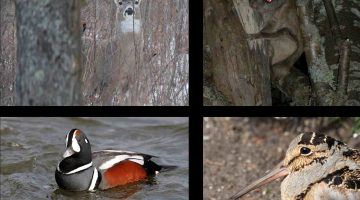Tapping for gold: UMaine research fortifies state’s maple industry
It’s late spring, and the leaves on Maine’s maple trees are full – the buds have swelled, and the season for collecting sap is long over. Maine maple sugar producers, like Mark Prentiss and Kim Roberts, are already at work preparing for next year’s sap-collecting season. Prentiss and Roberts, who are married, are co-owners of […]
Read more









